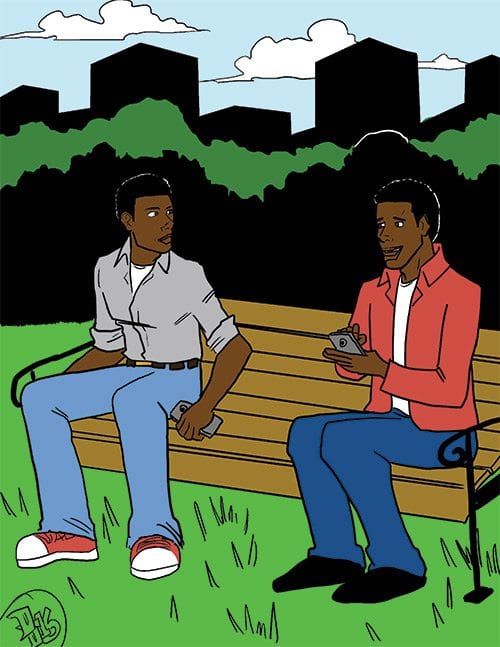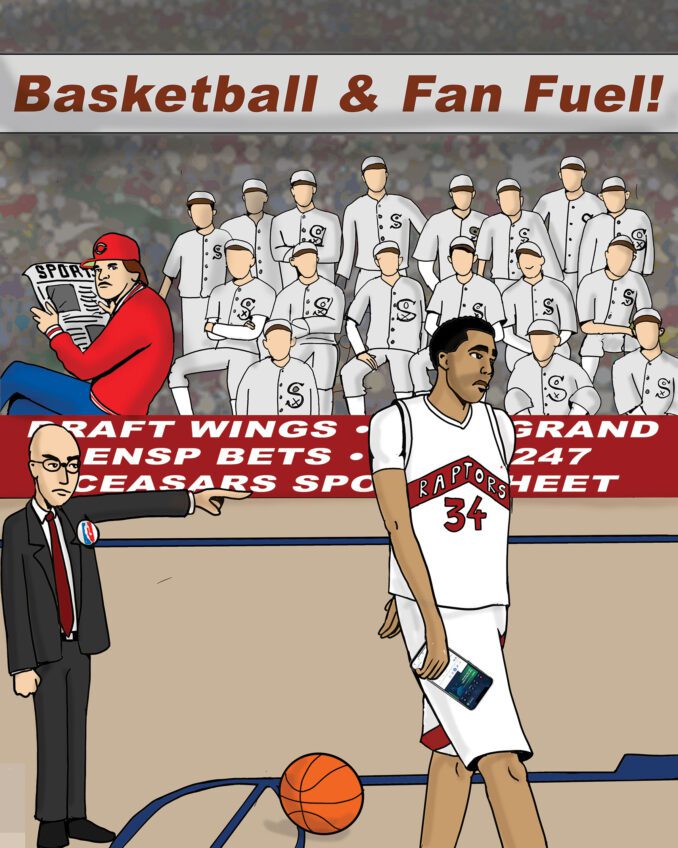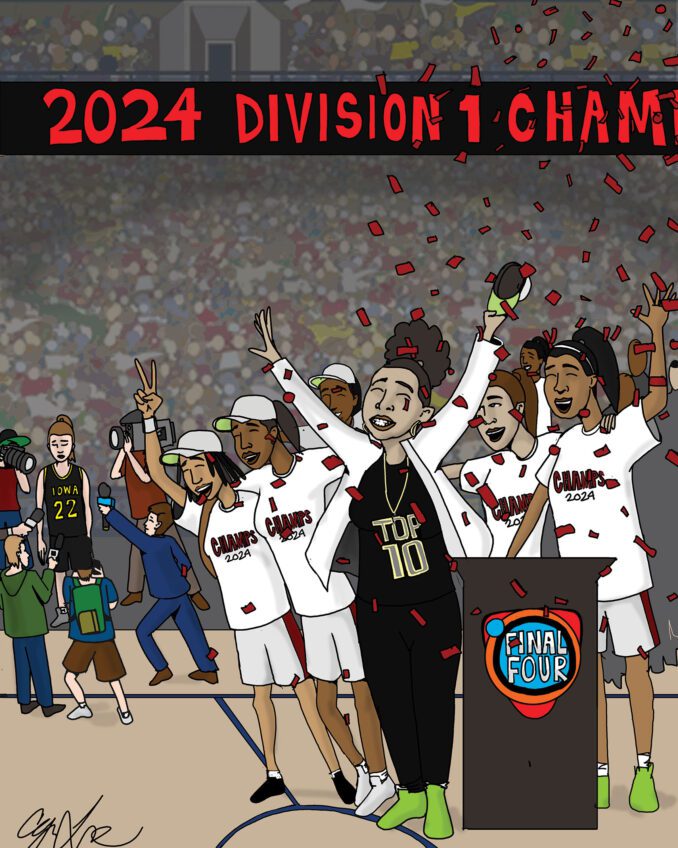
All but forgotten in the battle for civil rights over the years is the first successful media campaign for African American equality. When the U.S. became engaged in World War II in 1941, the nation faced a serious problem. Internal racial discord was disrupting a united effort to confront the Axis enemy. While blacks were committed to the exalted principles of American democracy, there was little interest in suspending their battle for civil rights because of the war, so blacks developed a media campaign that did both.
America had embraced the “V for Victory” campaign in which citizens would encourage one another by holding up their hand and forming a V with the first two fingers. The Pittsburg Courier, a major black newspaper, then initiated the “ ‘Double V’ Campaign” in which citizens would hold up both hands and form two V’s. This gesture served notice that despite the war, concern for racial equality had not abated.
As might be expected, the bigots charged blacks with disloyalty, an absurd objection. Their argument would have to be that they were entitled to abuse black citizens because to provide racial equality would disrupt the war effort. President Franklin D. Roosevelt understood the potential consequences of the conflict, so by executive order he eliminated racial discrimination in the war industries. After receiving outstanding reports on the performance of blacks in the military, President Harry S. Truman integrated the armed forces in 1948.
Those resolutions of President Roosevelt and President Truman were the first major acts of the federal government overruling the rights of the various states to discriminate. And it all began with a media campaign, the “Double V.”
There have also been numerous other media campaigns by whites that are designed to deflate the self-esteem and the spirits of African Americans. One might challenge whether the bigoted media reports can even be accurately identified as campaigns because there may not be an organized effort to marginalize blacks. Nonetheless, whites will have to explain why, at least over the past 20 years, they have published such distorted images of the status of blacks.
In America, the wealthy are idolized and the poor are either pitied or disdained as losers. According to a 1996 report by Yale professor Martin Gilens, “While more than two-thirds of the nation’s poor are white, the U.S. news media generally use images of African Americans to illustrate stories about poverty.” In an examination of 182 newsmagazine stories and 534 television stories from 1988-1992, he found that blacks were used 62 percent of the time to illustrate the story although they were only 29 percent of the poor.
It has not been enough to disparage low income blacks, the media have also asserted over the years that blacks are disproportionately addicted to illegal drugs. The Physician Leadership on National Drug Policy (PLNDP) issued a 1998 report in which they stated that drug addiction “reaches across all strata of society with affluent, educated Caucasians being the most likely drug users, and the most likely to be addicted.”
Blacks who were discriminated against in employment opportunities were thus pilloried by the mass media for being poor. And blacks were characterized as being junkies when whites were more likely to be drug addicts, a medical issue which society is finally facing. It is a wonder that black self-esteem has survived such a barrage.
The nature of the media has changed substantially since the days of the “Double V” campaign and the technology has become more complex. Blacks should nonetheless find a way to mobilize a media campaign both to counter the attacks of the mass media and to inspire the community to unite and press forward for progress.


![Banner [Virtual] Art Gallery](https://baystatebanner.com/wp-content/uploads/2024/04/Cagen-Luse_Men-at-store-e1713991226112-150x150.jpg)



